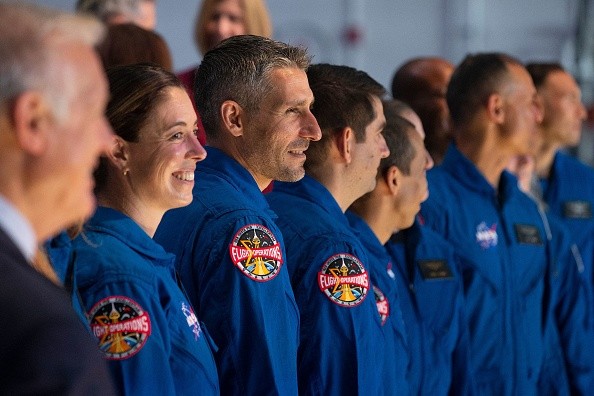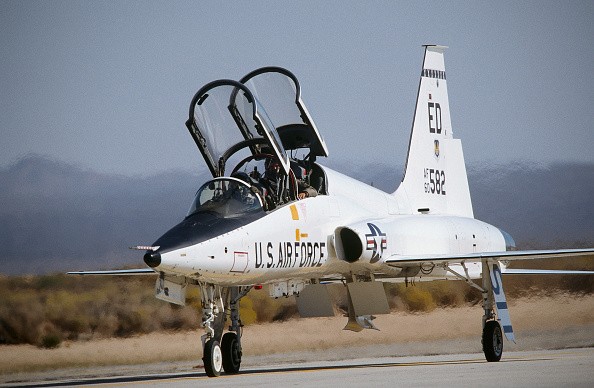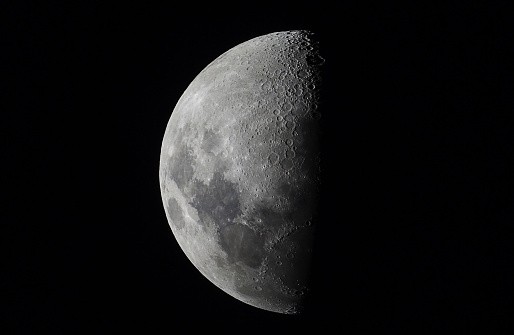NASA is going full speed ahead on its plans to establish long-term human habitation beyond Earth.

As part of its steps, the agency has named ten new candidate astronauts to undergo two years of basic spaceflight training by January, reports Space.com. Four women and six men have been selected for the honor.
The new NASA astronaut candidates comprise the agency's 23rd group since 1959, when the original Mercury 7 crew was selected. That group included legendary people like Alan Shepard, John Glenn, and Gus Grissom, to name a few.
NASA's upcoming rookie astronauts are as follows:
Nichole Ayers
Marcos Berrios
Christina Birch
Deniz Burnham
Luke Delaney
Andre Douglas
Jack Hathaway
Anil Menon
Jessica Wittner
Christopher Williams
The agency selected the ten candidates from an initial pool of over 12,000 applicants. It was part of a lengthier-than-usual recruitment process that started back in March of last year and has suffered a delay because of the pandemic.
After completing their two-year training, the astronauts will then be considered eligible for a lot of different assignments.
This could include conducting experiments on the ISS, establishing so-called "commercial outposts" in low Earth orbit, and even missions into deep space using the Orion spacecraft and the SLS (Space Launch System) rocket.
What Kind Of Training Will These New NASA Astronauts Do?
Astronauts go through rigorous training aside from the agency's very strict entrance requirements.
According to Space.com, their training will involve having them learn to fly a fleet of T-38 training jets as part of their piloting classes. These T-38s are classified as supersonic aircraft and are among the fastest planes ever built, which would prepare the astronauts for the physical rigors of spaceflight in general.

Aside from that, the astronaut candidates are also going to learn how to do spacewalks-not in space yet, but underwater. Their spacewalk classes will be held at the 60-foot-deep swimming pool at the Johnson Space Center.
They will also be learning how to "catch" simulated spacecraft using a replica of the ISS' Canadarm2 robotic arm, as well as learn how to speak Russian and be trained on day-to-day space station operations.
Looking Ahead
NASA is currently deep into planning the Artemis moon mission, which is scheduled to bring humans back to the moon by 2024-52 years after Apollo 17 last landed.
As per the original Space.com report, these new astronauts are part of NASA's future efforts to one day establish a long-term, sustainable presence on the moon. But for now, the agency is doing other things to help pave the way-such as putting nuclear reactors on the lunar surface to help power a potential colony there.

And since the ISS has had a few issues lately, there will come a time that the world's most iconic space station will have to be replaced.
As of this writing, NASA is reviewing several new space station proposals from private companies, according to CNBC. People can expect this new batch of astronauts to be manning the new space station, should things proceed smoothly in the near future.
Related Article : NASA Mars Rover's Rock Sample Sports 'Something No One Has Ever Seen'
This article is owned by Tech Times
Written by RJ Pierce




